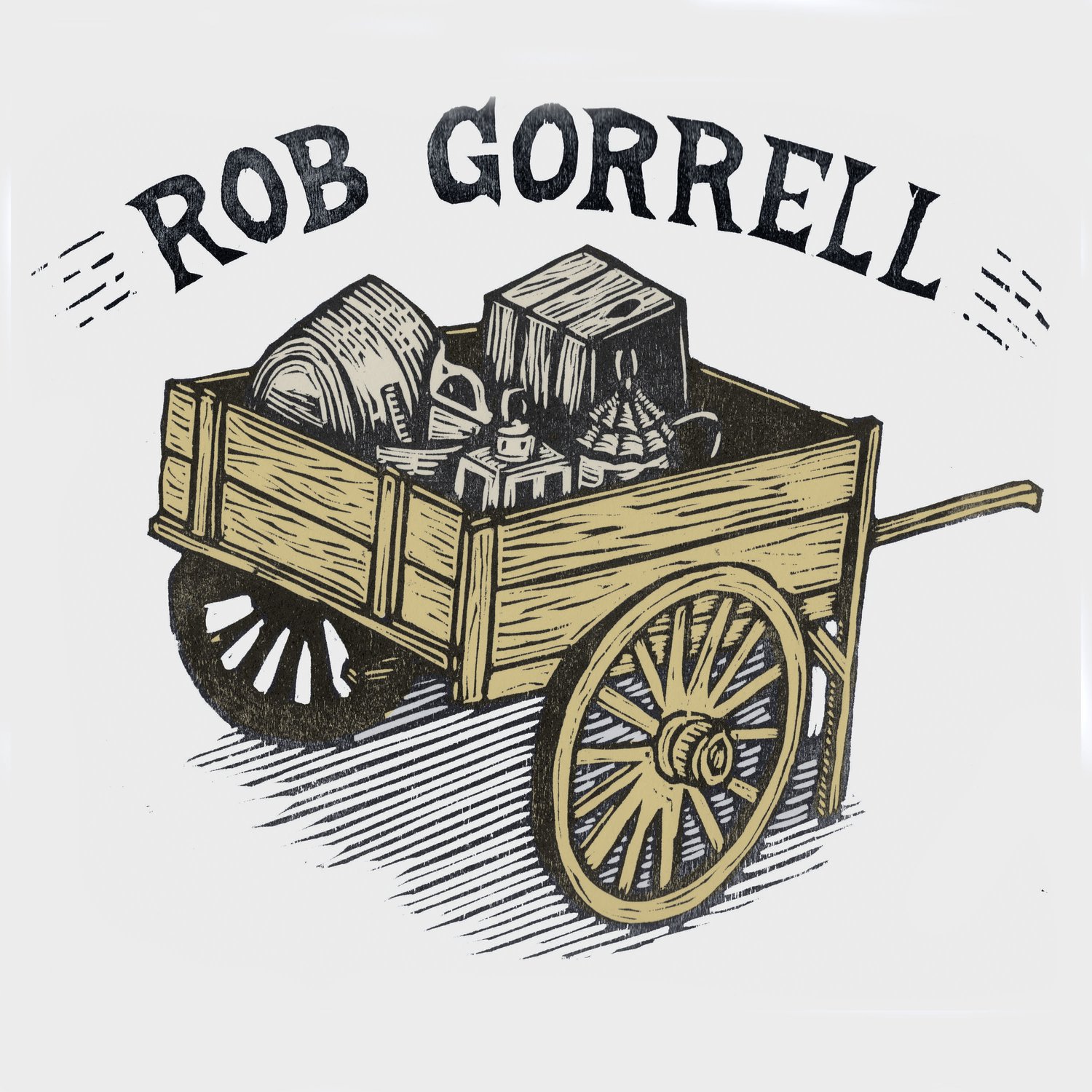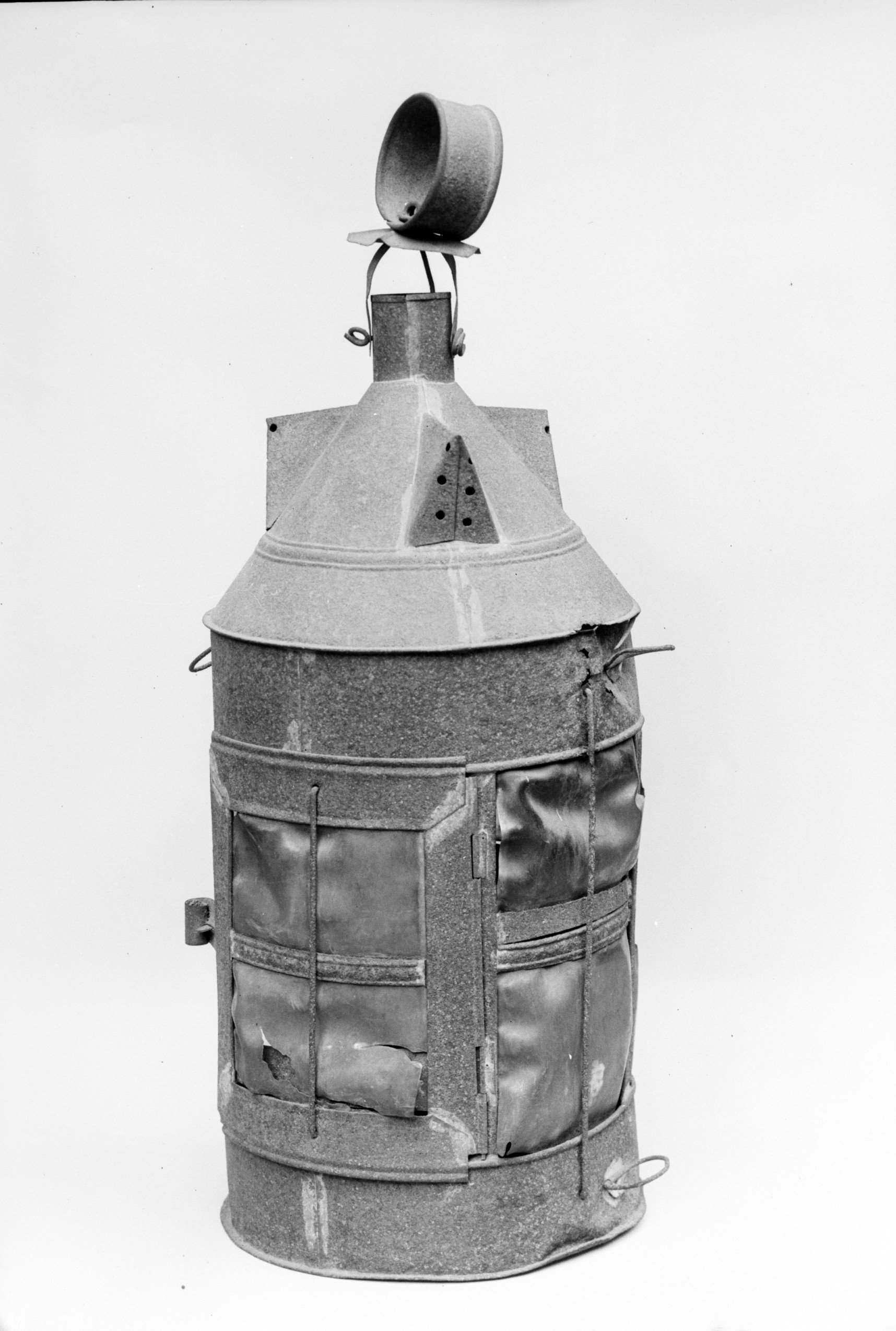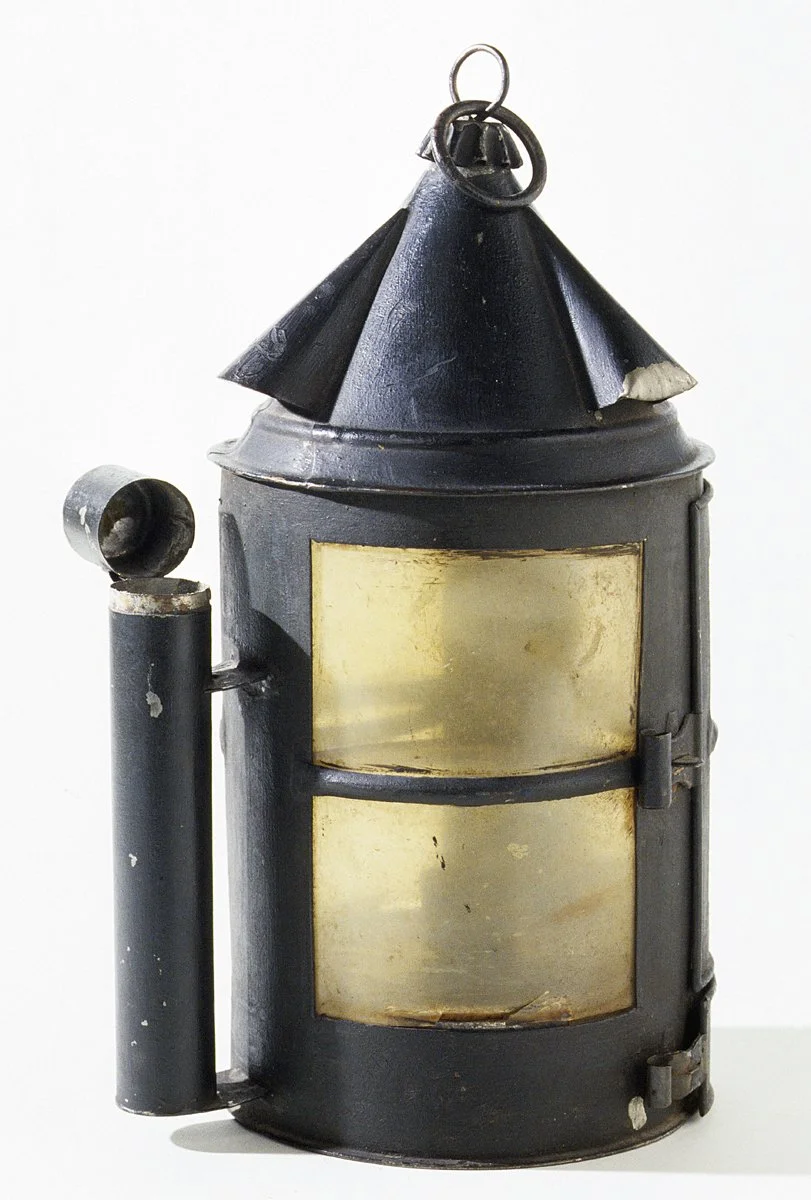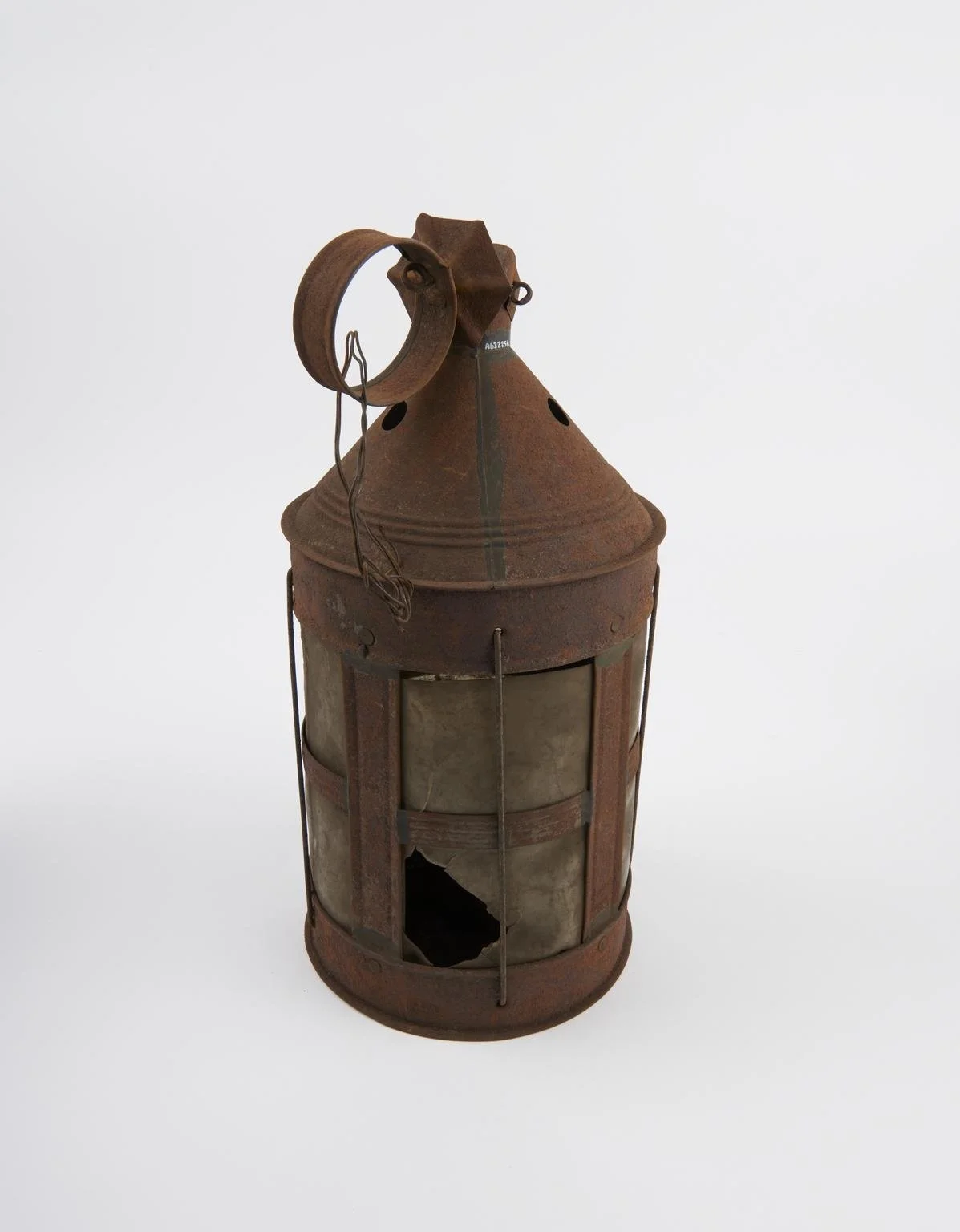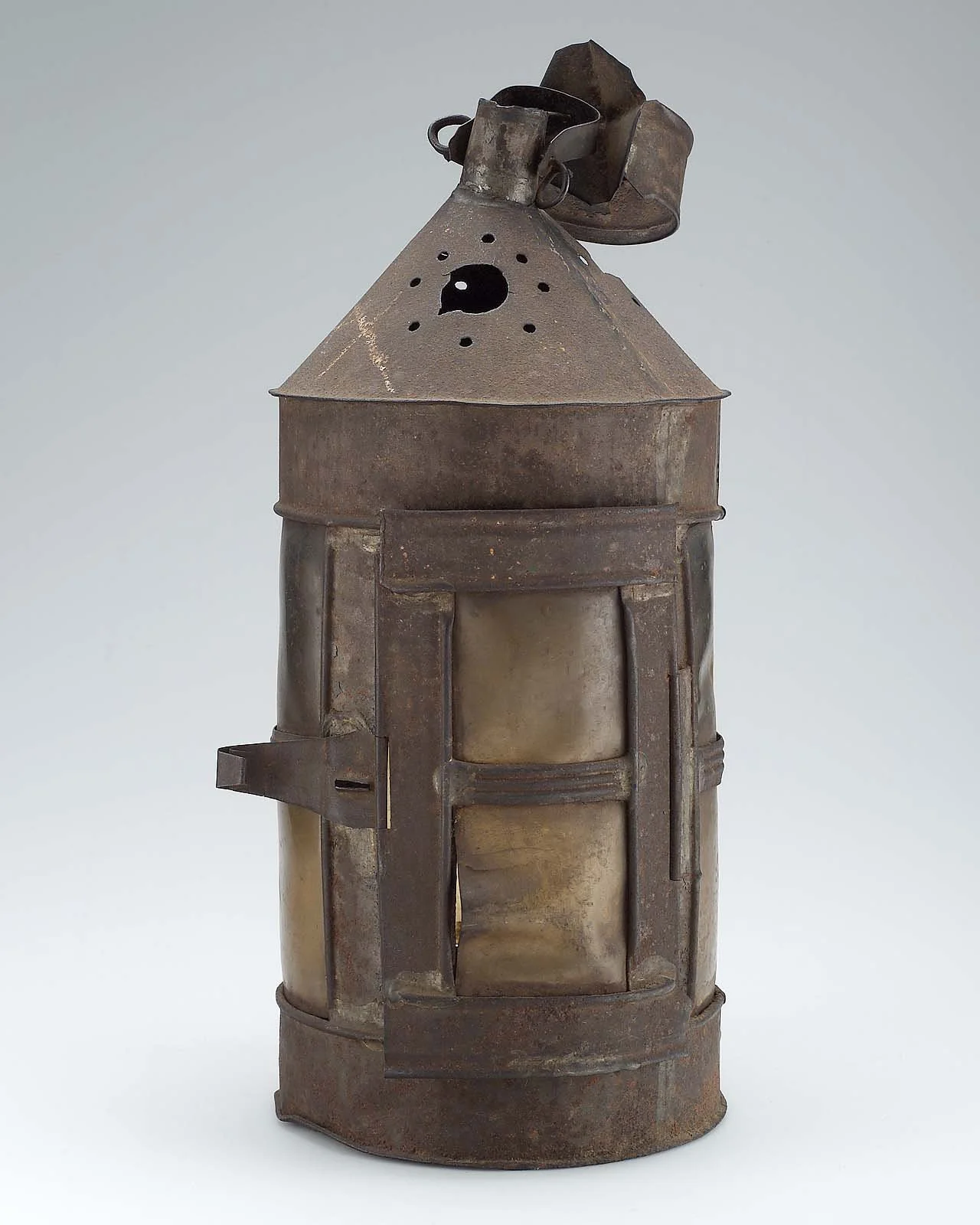Let’s talk about horn lantern panes a bit.
Neurnberger-Hausbuecher.de, The House Books of the Nuremberg Twelve Brothers Foundations, (mendel I). 1536
When I am making a traditional tin lantern for a customer the question of horn panes usually comes up. Are they authentic? When were they used? Can I get them? It’s a good group of questions, so let’s dig into it a little.
First of all, early on it seems that lanterns were referred to as “lanthorns” due to the use of horn panes. I’m not sure when this term faded out, so I will use lantern from here on for consistancy.
Horn was the plastic of the age. Horn can be heated and formed into combs, spoons, cups, and many other useful items. It can also be delaminated into thin sheets and used as transparent panes for lanterns. Horn panes were made by professional horners and a finished horn lantern pane was almost untinted and transparent when new. The horn panes yellowed after years of use. (Caspall 224) Making lantern panes was a large part of the horner’s trade in the 15th century. A 1483 decree by Richard III stated, “That no Merchaunt Straungier brynge into this Realme lantern horns” (Caspall 224). Horn panes were used as early as the Roman period and continued to be used into the middle of the 19th century (Robins, 129).
Horn panes were made from cattle or water buffalo horns that were first sawn along their length before being flattened in hot presses. The flattened panes were delaminated into very thin sheets using knives. These sheets were then scraped and polished until they were nearly transparent (Caspall, 224). Unfortunately, it is basically impossible to find proper horns to make large lantern panes today. There are a couple of places selling smaller natural horn panes, about 3” x 6” or so. But the panes are too thick and translucent to really replicate the period look.
The process of making horn panes is very difficult. I have talked to several experienced horn workers, and no one wants to start making the panes I need. I even bought a box of horns and tried it myself, and let me tell you what, you can destroy a couple hundred dollars worth of horns fast and easily. I proved it.
Caspall claims that horn was preferable over glass for lanterns used in barns since broken horn panes were not as much of a danger to animals than broken glass. I think it had more to do with the fact that curved glass panes would have been prohibitively expensive for day to day use for most people. From what I have seen, fancy glass lanterns were more for church and ceremonial uses. Horn panes were used well into the 19th century for barn and stable lanterns.
So, let’s take a look at a few historic examples of horn-paned lanterns. These are all from museum collections. Notice that heat and time have warped and cracked the surviving horn panes. I would be curious to know how long the original panes stayed clear and flat in use. I am of the opinion that it did not take long for the panes to cloud because of the number of illustrations show lit lanterns with the doors open in use. More on that another day.
A lantern from the collections of the Metropolitan Museum of Art, accession number 34.100.188.
From the Winterthur Museum Collections: 1800-1850, Object Number 1965.2836.
From the Sir Henry Welcome’s Museum Collection, object #A632256.
From the collections of the Museum of Fine Arts, Boston MA, Accession number 28.28.
I have been using a material called Lampshade Mica, or in some cases natural mica in the lanterns I offer in my store. It is a reasonable substitute to get the look of aged horn panes. I can also use natural mica panes, and am starting to experiment with curved glass panes that will be treated to look more natural. Stay tuned.
Caspall, John, Making Fire & Light in the Home, Pre-1820. Antique Collectors Club, Woodbridge England, 1987.
Robins, F.W., The Story of the Lamp (and the Candle), Bath, 1939.
